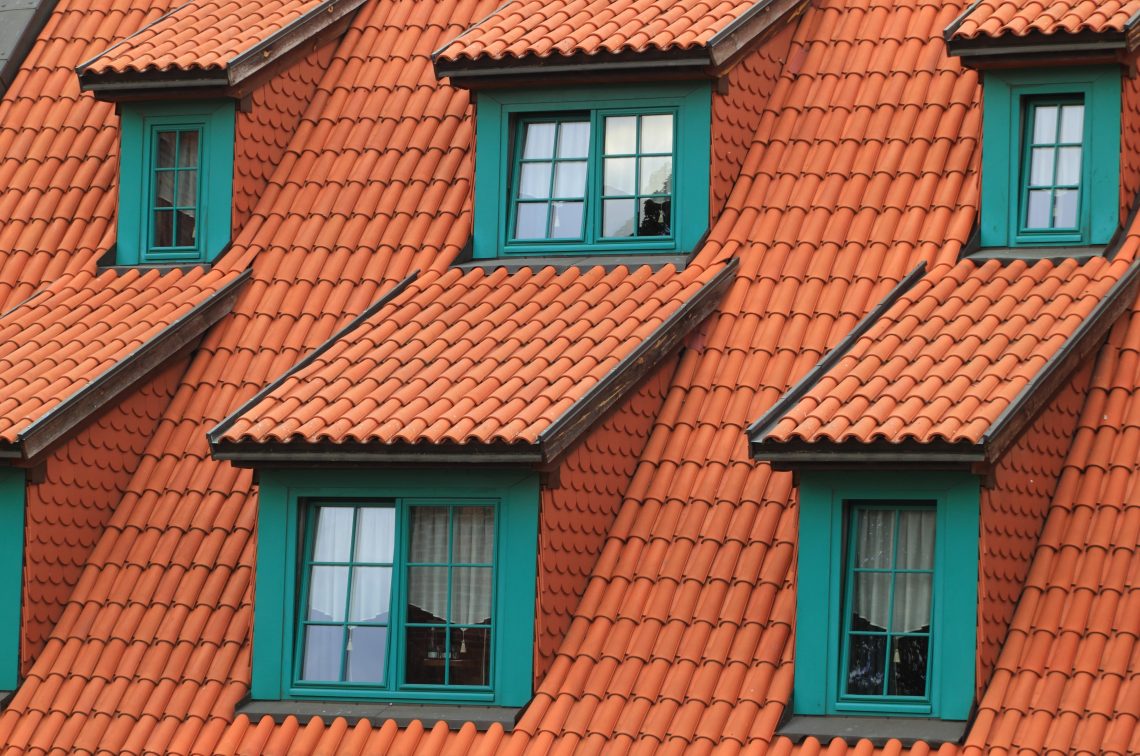The Perfect Roofing Material
Today we want to provide tips on choosing the perfect rooking material. Every home tells a story, but the roof is its shield against the world. Many homeowners spend hours deliberating on wall colors and landscaping details, often overlooking the paramount importance of their roofs. Beyond aesthetics, your roof must stand firm against the changing whims of Mother Nature, making the union of climate and roofing choice not just relevant but crucial.
Understanding Climate’s Impact on Roofing: More than Just a Cover
Climate encompasses more than the intermittent bouts of rain or bursts of sunshine we experience; it’s a relentless, ever-present force influencing our homes every day. Consider the drastically varying conditions: roofs in sun-scorched Arizona endure extreme heat, while those in frosty Alaska grapple with biting cold. This variability is why many homeowners, having researched, turn to a reputable metal roofing company for advice, as metal roofing often offers versatility and durability across diverse climates.
Further complicating matters are homes in coastal locales, where solid and salt-laden winds often dislodge roof tiles. In contrast, weighty snow accumulations in wintry territories threaten roofs with collapse. Such occurrences, far from being mere accidents, underline a pivotal relationship. They emphasize the indispensable synergy between a region’s climatic conditions and the chosen roofing material.
Overview of Common Roofing Materials: The Basics
Before diving deep into climatic specifics, let’s glance at some widely used roofing materials:
- Asphalt Shingles: Popular for their affordability and variety.
- Metal Roofs: Known for durability and sleek modern aesthetics.
- Tile (clay, concrete): Classic, durable, and versatile.
- Wood Shingles and Shakes: Rustic appeal with a touch of tradition.
- Slate: This is a luxury choice that’s both durable and timeless.
- Green Roofs: Innovative, sustainable, and eco-friendly.
Matching Roofing Materials to Specific Climates: The Perfect Union
- Hot and Dry Climates: These regions are strangers to the relentless sun and extreme temperatures. Reflective roofing materials can deflect sunlight, minimizing heat absorption. Materials that are UV-resistant will fare better in such conditions.
- Cold and Snowy Climates: Roofs bear the brunt of snowstorms and icy gusts. Like metal roofs, a roofing material with excellent insulation properties can be a savior. Furthermore, roofs designed to handle the weight of accumulated snow can prevent structural damage.
- Humid and Rainy Climates: Constant moisture can be a roof’s worst enemy. Look for water-resistant materials. The design should also encourage water runoff to prevent stagnation, mold, and mildew.
- Coastal Climates: Between the salty air and gusty winds, coastal homes need corrosion-resistant roofing to stand firm against the wind.
Other Crucial Factors in Roofing Selection: Beyond Weather
While climate reigns supreme in the decision-making process, there are other considerations:
- Lifespan: Ensure the material’s longevity aligns with the home’s expected life or your duration of stay.
- Aesthetics: Regional preferences do play a role. A cedar shake roof might look out of place in an urban setting, while modern metal might clash in quaint countryside.
- Cost and Value: Beyond the initial investment, consider potential savings on energy bills or fewer repairs.
- Environmental Impact: With green building practices gaining traction, considering the ecological footprint of your roofing material has never been more relevant.
Installation and Maintenance: A Stitch in Time Saves Nine
No matter how exceptional, roofing material quality can be severely compromised if paired with subpar installation. It’s analogous to placing a high-performance engine in a car but neglecting to tune it properly.
Professional installation acts as a safeguard, ensuring that the product fits seamlessly and adheres strictly to the manufacturer’s stipulated guidelines. This meticulous attention to detail amplifies the roof’s longevity, assuring homeowners of its prolonged efficacy. However, the responsibilities continue once the installation is complete.
Regular post-installation maintenance becomes paramount. Activities such as cleaning gutters, checking for water seepage, inspecting for damages, or even removing debris can make a monumental difference in safeguarding the roof’s health and durability.
Peeking into the Future: Tomorrow’s Roof Over Your Head
In our rapidly evolving technological era, it’s unsurprising that roofing is also undergoing transformative advancements. Traditional roofing methods are gradually making way for innovative, energy-efficient alternatives like cool roofs, which have caught the industry’s attention for their ability to reflect more sunlight and absorb less heat.
Parallelly, there’s burgeoning enthusiasm for ‘smart roofs.’ These cutting-edge solutions are equipped with intuitive sensors capable of forecasting wear and tear, proactively addressing maintenance needs, and, in some cases, even harnessing the abundant power of solar energy. As we stand on the cusp of these revolutionary changes, one thing is crystal clear: the horizon of roofing technology promises a future brimming with possibilities and excitement.
Conclusion: A Thoughtful Choice
In roofing, just as in the vast tapestry of life, there’s no universal solution that caters to every need. When building a fresh abode or revamping an old one, delving deep into the many roofing options is essential.
While the local climate should be a principal guiding factor, one must consider aesthetics, financial considerations, and environmental footprint. The essence of a roof transcends its primary function of providing shelter. It embodies the concept of a sanctuary—a steadfast protective layer shielding us from the relentless dance of the elements.
Read more home improvement articles at ClichéMag.com
Images provided by Deposit Photos, BingAI, Adobe Stock, Unsplash, Pexels, Pixabay & Creative Commons




